Spontaneous Generation
Today, we will not talk about Drosophila flies but about other types of flies, the Houseflies (Musca domestica, its scientific name). But it is really not about the fly but an excuse to tell a story and talk about two very important things:
- That “All living beings come from living beings” and there is no “Spontaneous Generation”
- And what is a “the controlled experiment”.
We’ll see what’s that about.
introduction
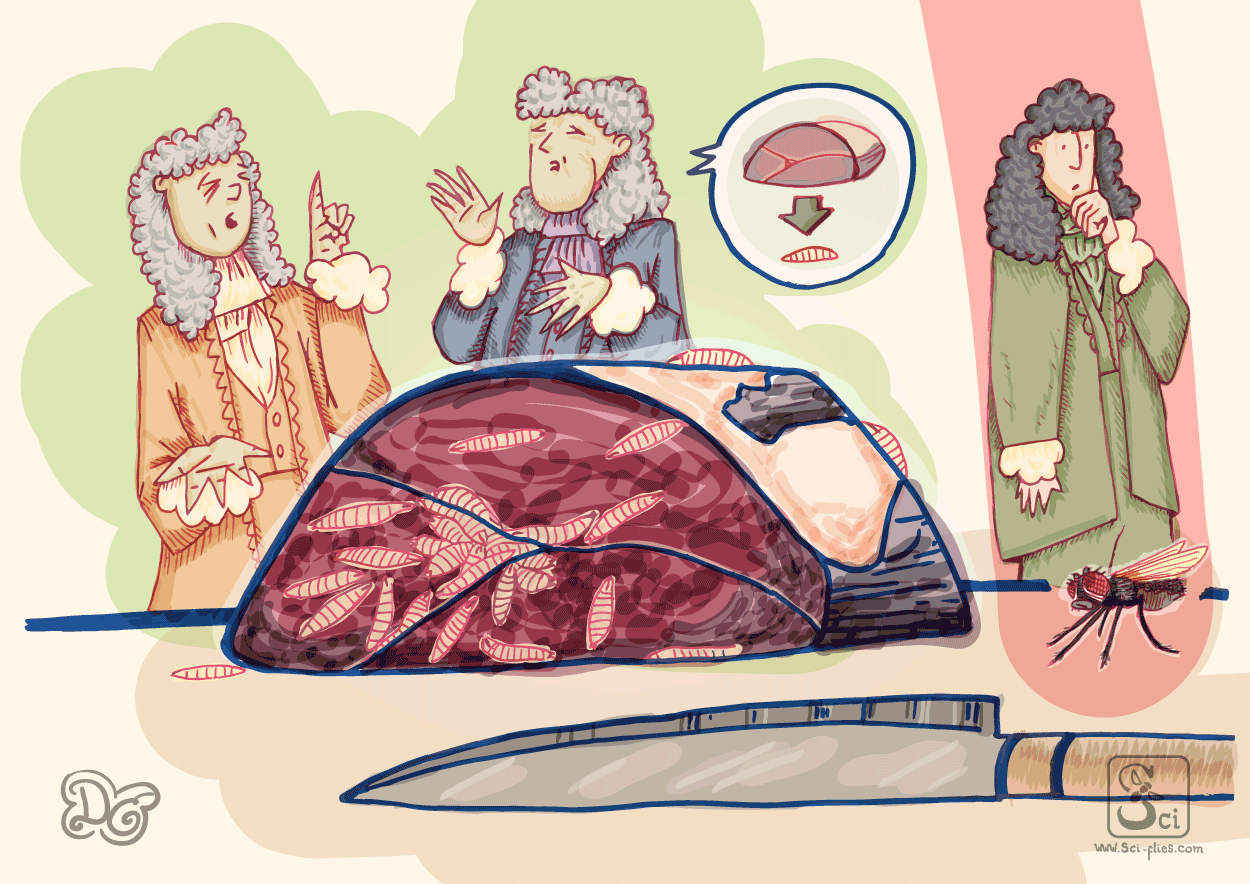
In the year 1668, Francesco Redi, someone we can now call a Biologist, but at the time was called a Naturalist, published a work that is now considered the basis of experimental biology. I will use that story to explain the basics of what is an experiment, how we think an experiment and how we set up an experiment.
At the time of Francesco, it was popular belief that living beings could emerge from non-living things. For example, they though that was the way maggots appeared. They thought maggots “generated spontaneously” from rotten meat.
But, Francesco doubted. He was an observer of nature and had seen that around rotten food there were always flies.
There was a natural phenomenon, what we call a fact: in rotten food we find maggots.
And there was an explanation to that fact, what we call a hypothesis: rotten food generates maggots.
He doubted that hypothesis, because he had made an observation that added new information: around rotten food there are always flies.
Francesco did more than just observe. He actually set dead animals (snakes and fish) out in the open and observed for days what happened to them and tried to see the maggots appear.
He saw that a lot of flies appear. And after a while, the maggots.
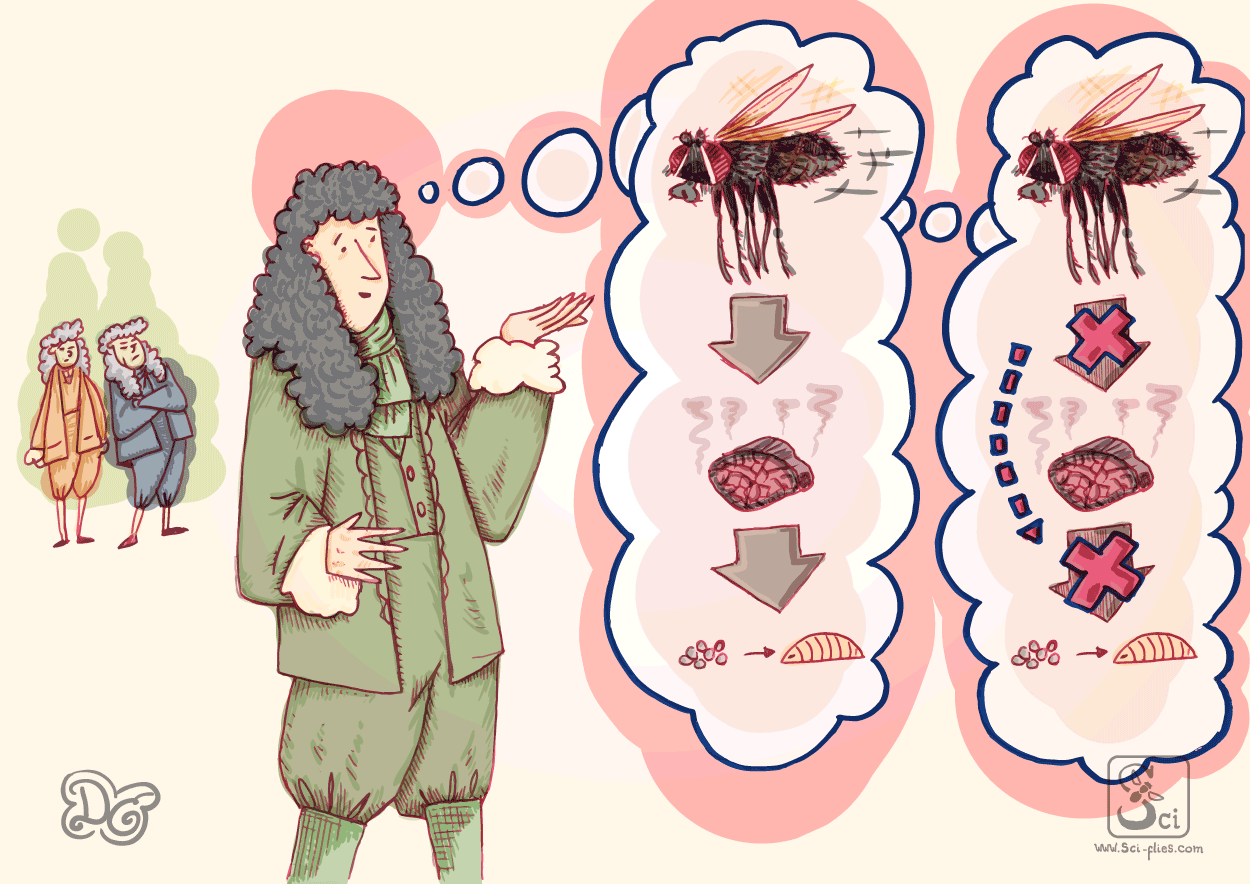
With the new information Francesco thought a new explanation (a new hypothesis) to why there were maggots in rotten food.
He proposed that flies were doing something to the rotten food, and whatever flies were doing, made maggots appear on the food.
Francesco was clever and went beyond just proposing a new explanation. He also proposed a way to see if this new explanation was better, a way to test it. He thought an experiment.
“if we allow flies to contact the rotten food we will see maggots appear…”
“…if we stop them from contacting the food, maggots will not appear”
MATerials and methods
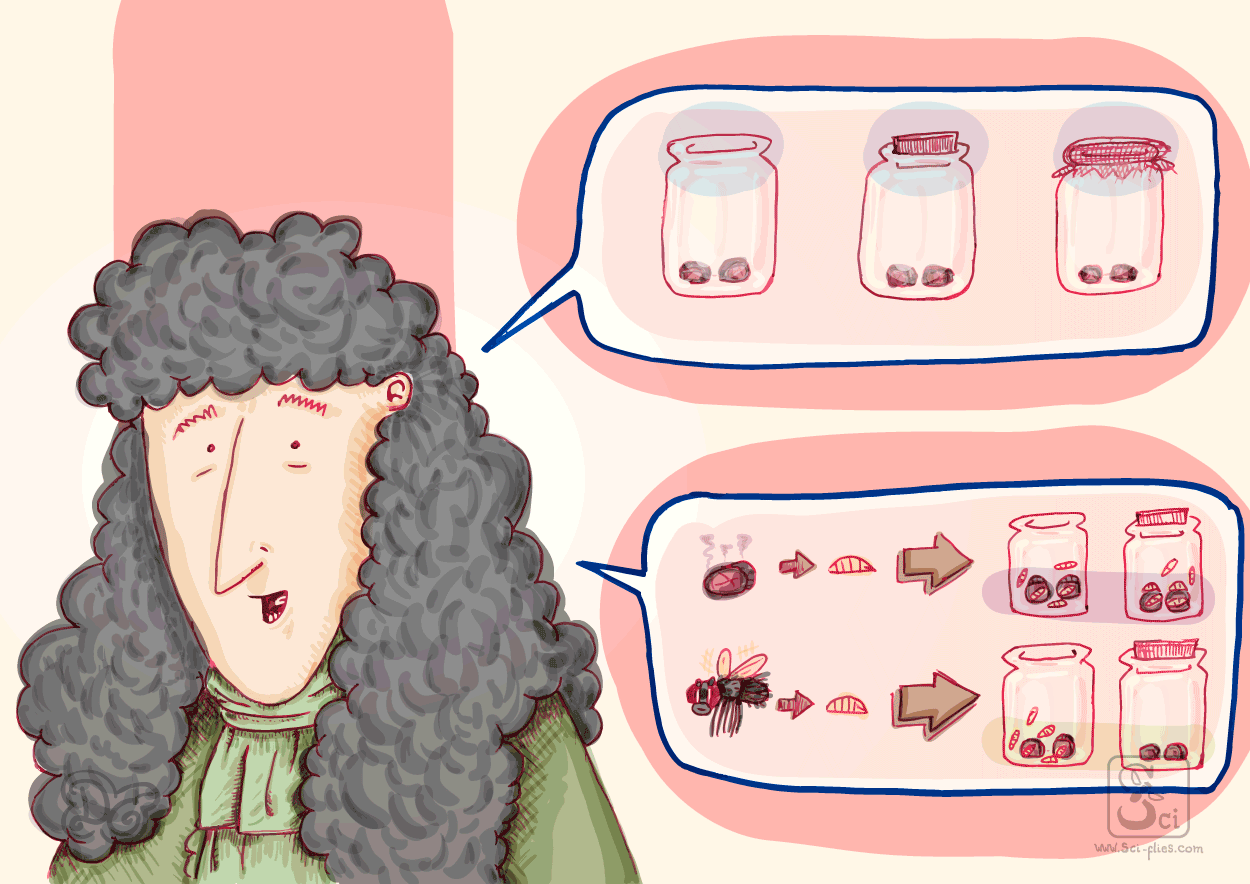
Then he went into the design of his experiment.
He would set three equal bottles with meat inside:
- One bottle he would leave open.
- A second bottle he would seal with a cork to stop the flies from reaching the meat.
- A third bottle he would seal with a gauze, to let air pass but not flies. Because some people believed that whatever generated the maggots was in the air.
The first bottle is called the control. The others are treatements.
The control is very important because it is the one situation we want to use to compare with. It is the regular situation without modifications.
Francesco knew that it was very important that the only difference between the treatment and the control was in what he wanted to test.
If maggots came from the action of flies on the meat, the only difference had to be if flies could access the meat or not.
That way he could be certain that his results were produced by not letting the flies touch the meat.
All conditions in the situation that can change and have more than one form, are called variables.
As Francesco realized, it is important that all variables remain without change between the control and the treated subject except one, the variable we want to test.
Our treated subject should be different from the control only in that variable.
To understand it better, in Francesco’s experiment the variable was the flies’ access to the meat. It is a condition that has two possible forms: “Access allowed” or “Access not allowed”.
In the design of his experiment, the only difference between the control and treated bottles is in the form that variable takes.
To test more than one variable, we must do it one at a time, to be sure which is responsible for the results we get. That is why Francesco had three bottles.
He then predicted what would be the expected results from his experiment.
“If the meat is generating maggots by itself, I should see maggots in all the bottles” -he thought. “But, if the flies are responsible, then maggots will appear only in the open bottle”.
results and discusion
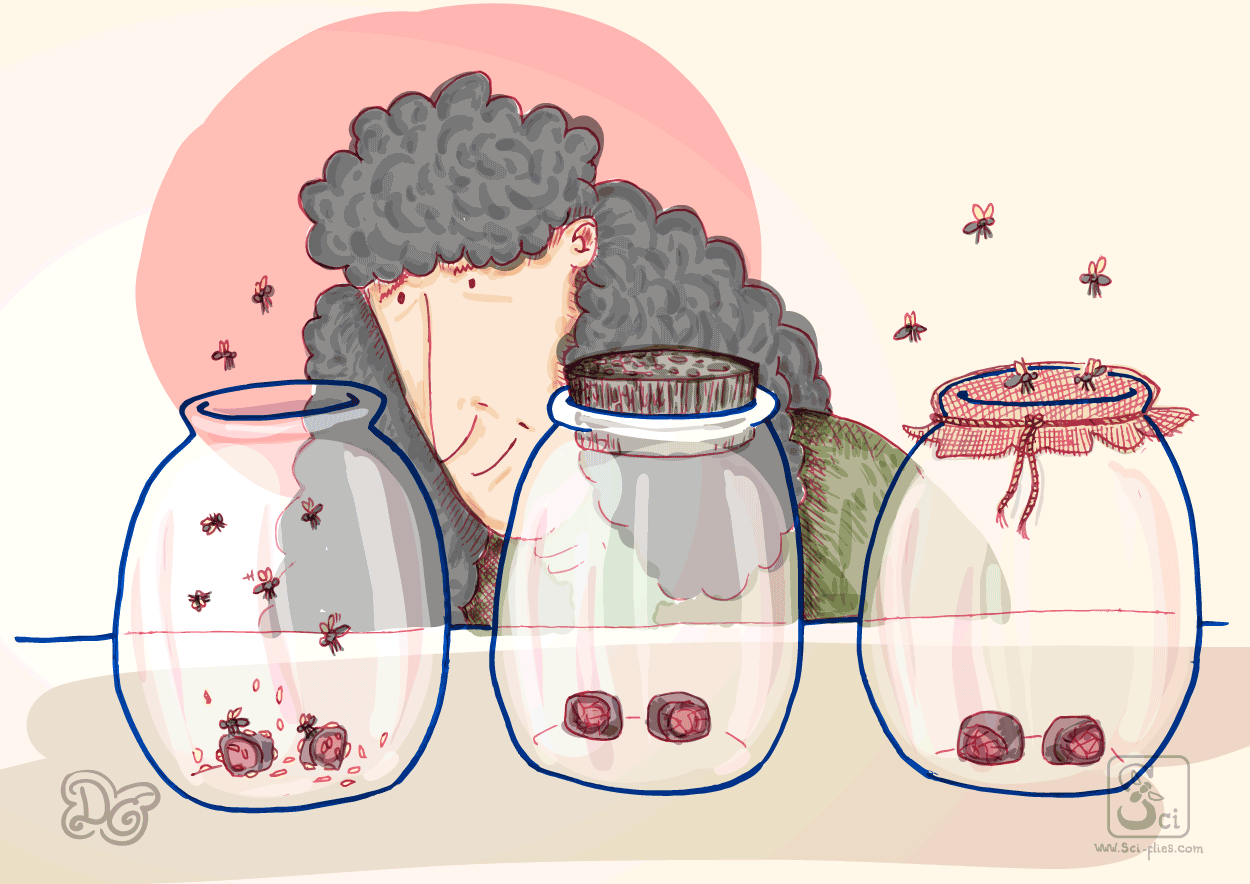
He made the experiments and got the results he predicted. Maggots appeared on the meat the flies could get to and not on the ones they could not reach.
From the experiments he concluded “omne vivum ex vivo” – all life comes from life.
And that was not all. He paid attention and saw that on the gauze the flies left eggs. This made him curious so he continued studying.
He saw that he could put those eggs on meat and see maggots come out of them. He also saw that if he put maggots on meat they would eventually become flies. He described the life cycle of the fly.
This way began the serious experimental approach in Biology.
But Spontaneous Generation was not dead yet, and many were not convinced (even Francesco still belived that it was the way in which some other organisms appeared, like intestinal parasites for example).
One century later Lazzaro Spallanzani would give more good arguments against Spontaneous Generation and another century later Louis Pasteur would finish disproving it.
Next week we’ll talk about the fly’s life cycle.
See you then!


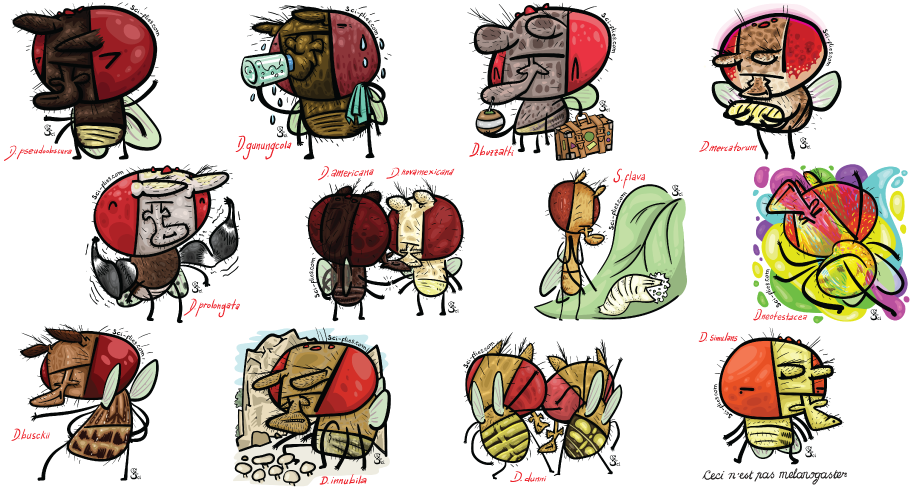
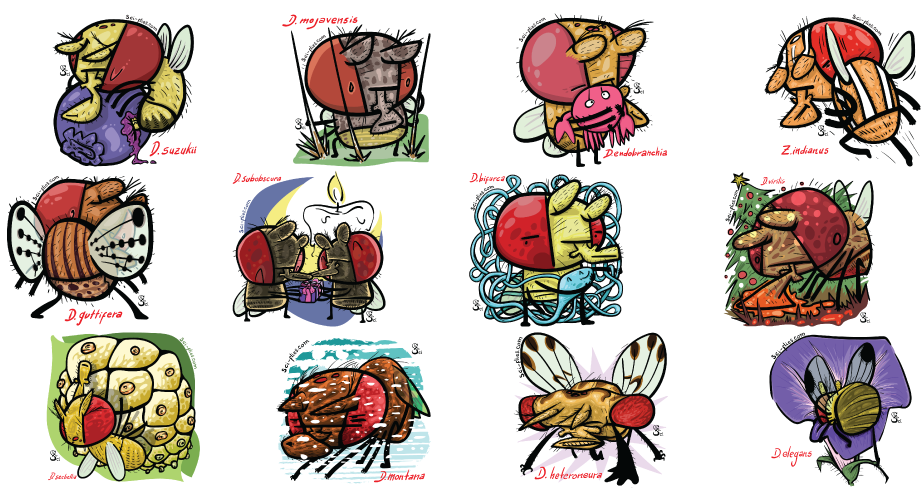
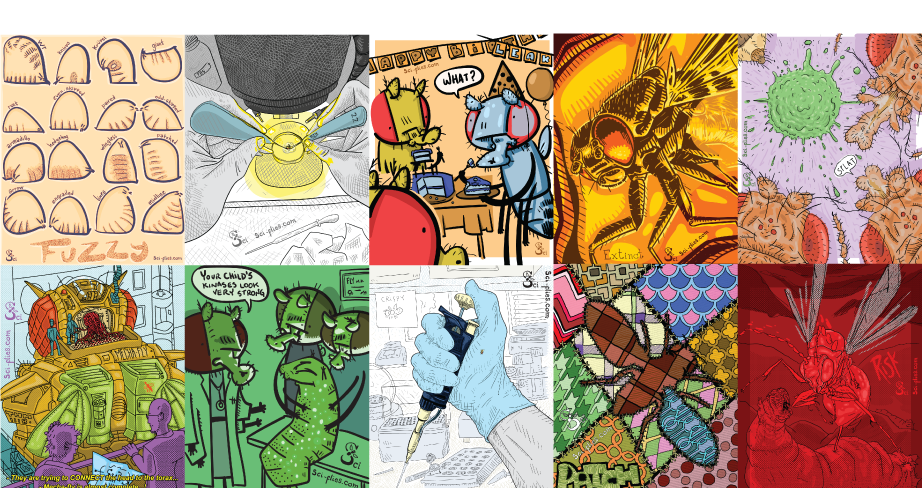
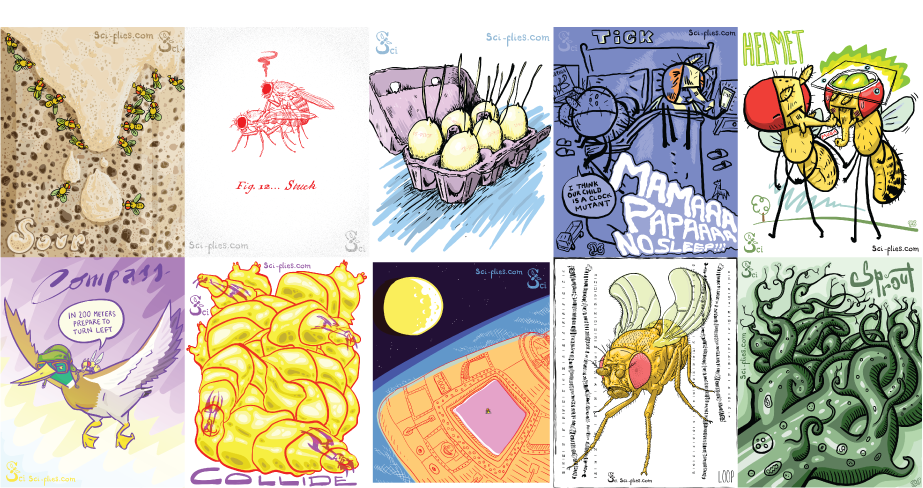
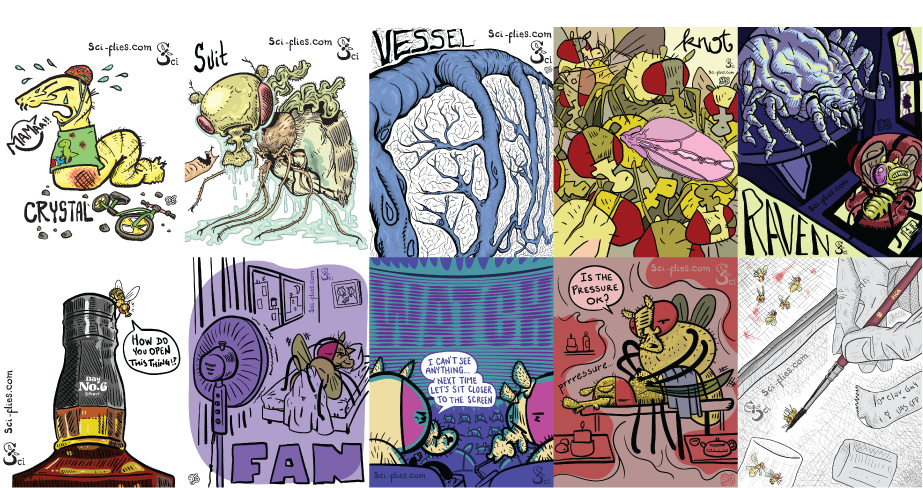
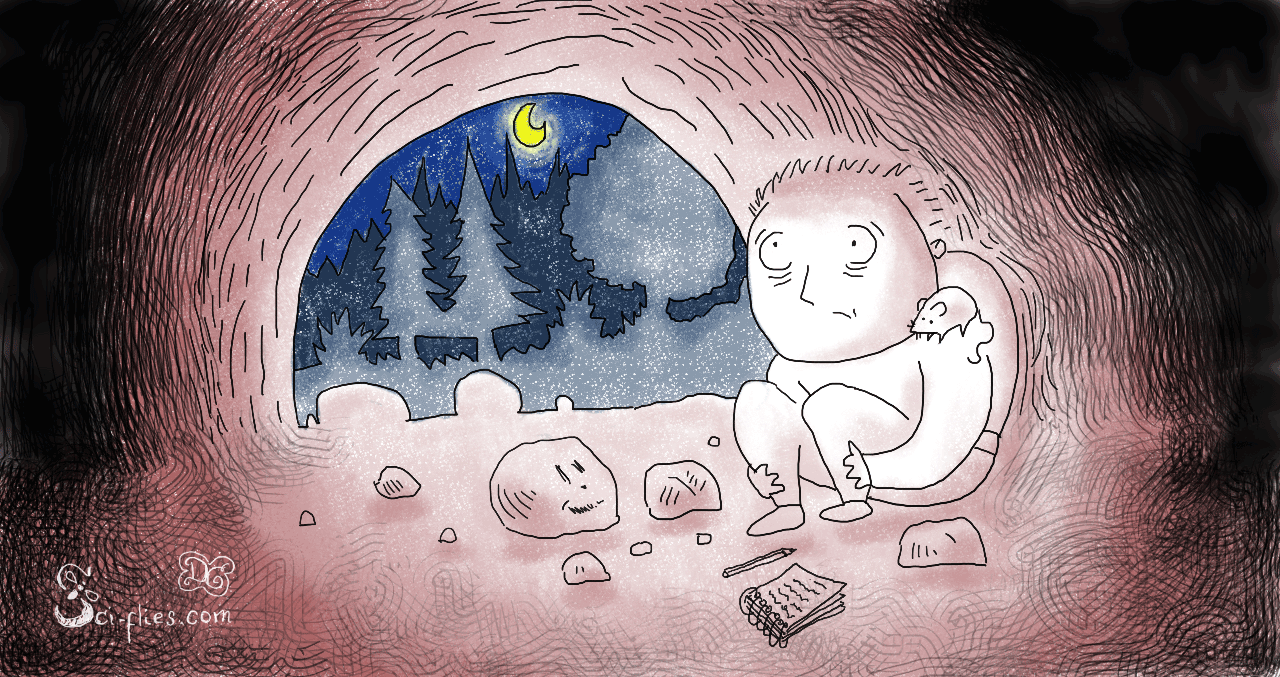
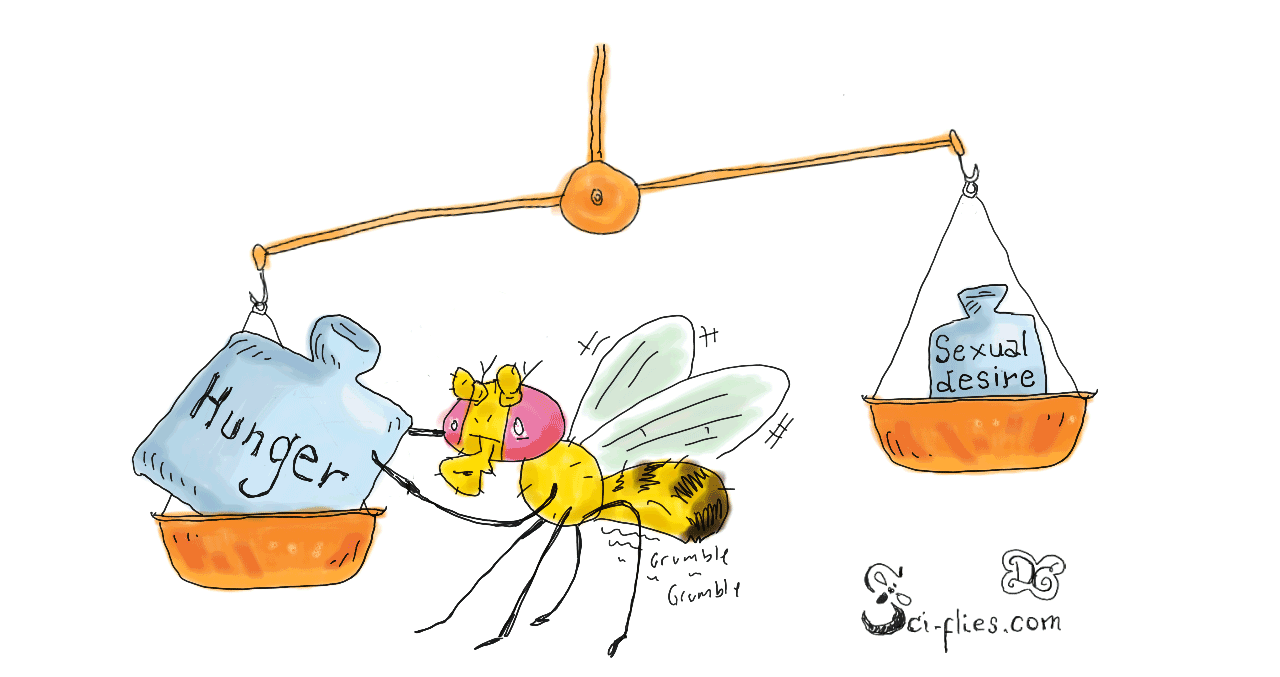


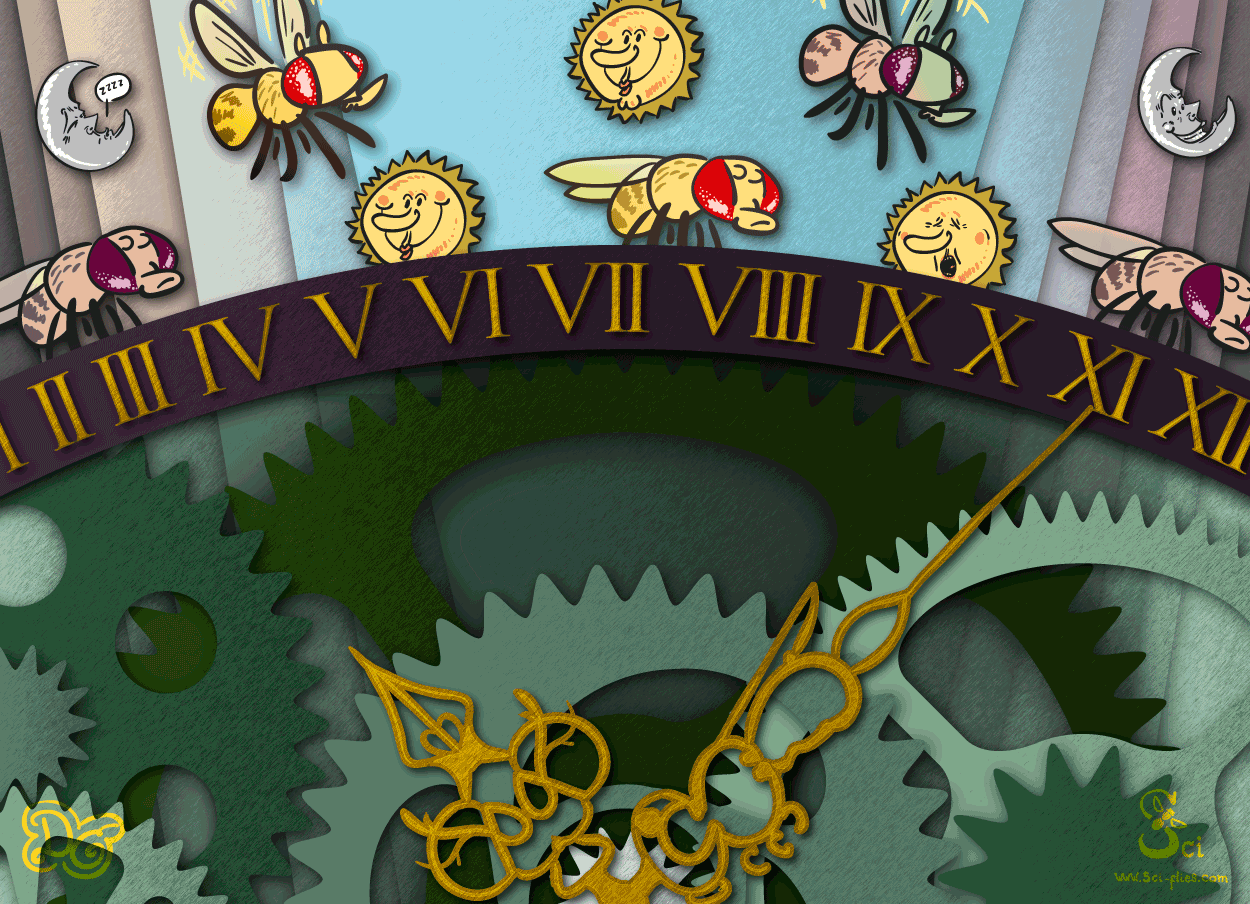
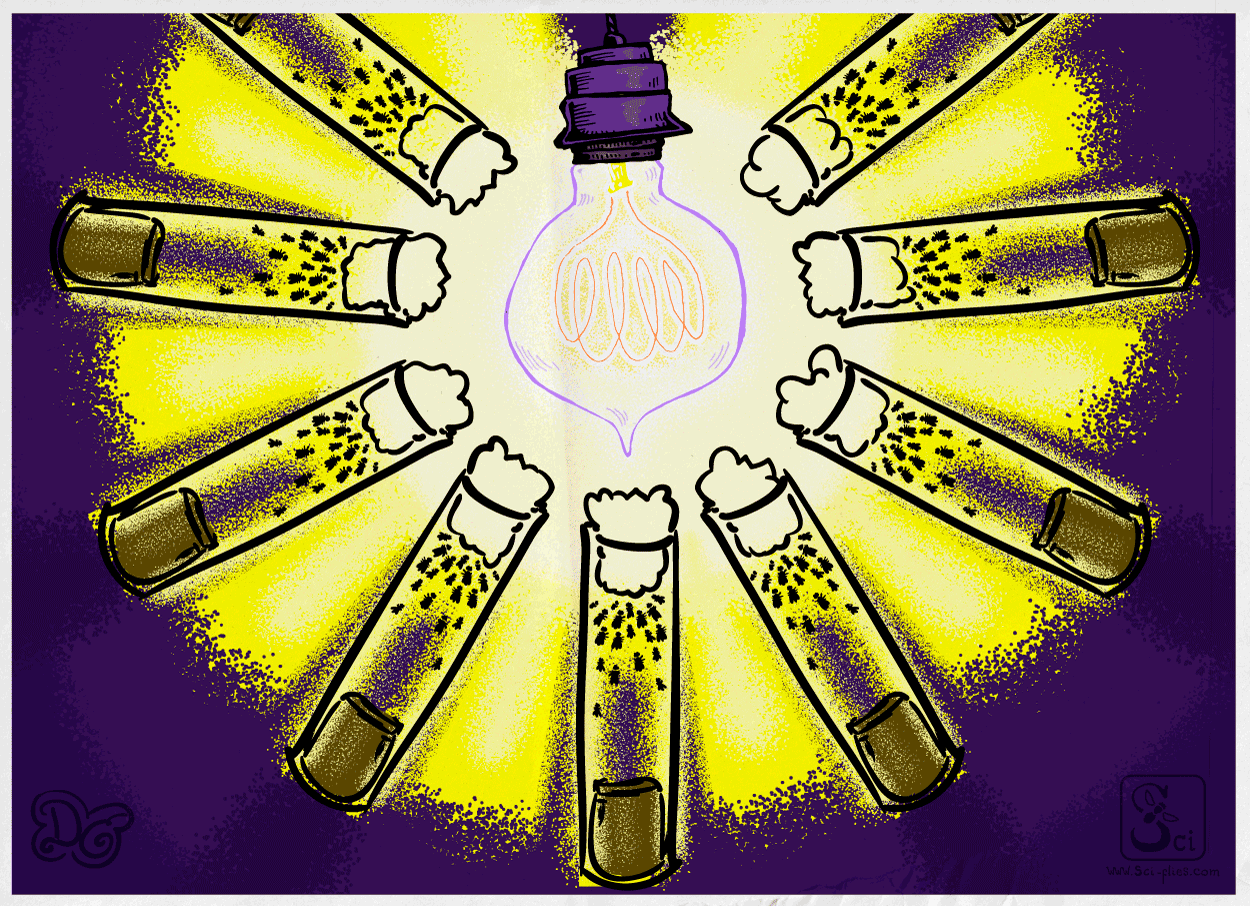
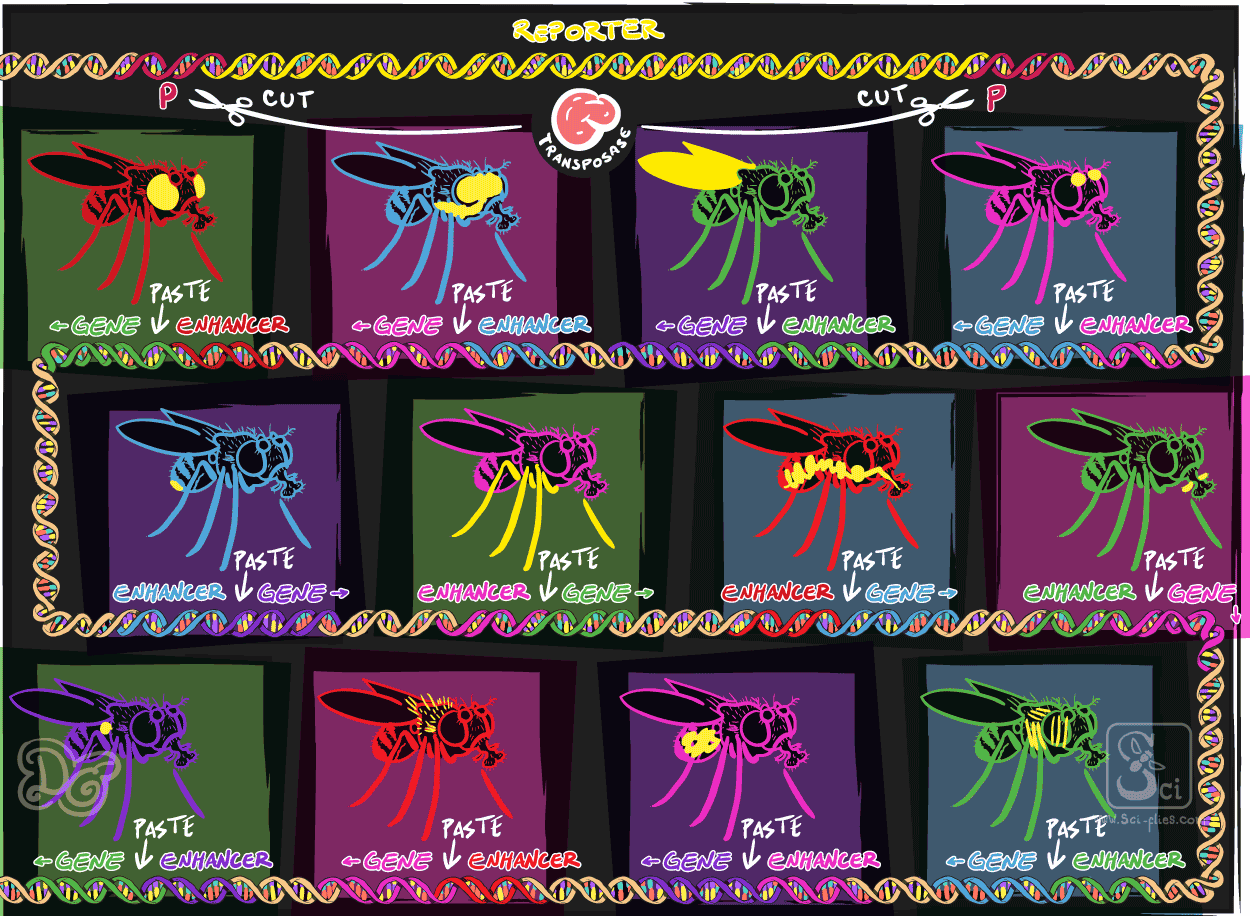

I really like your style, both telling and drawing. Keep up the good work.
Thanks!